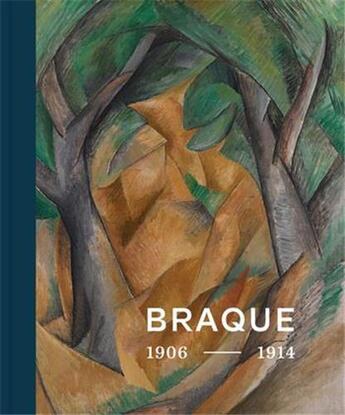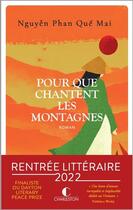-
Date de parution : 01/10/2021
-
Editeur :
Prestel
-
EAN : 9783791379159
-
Série :
(-)
-
Support :
Papier
Résumé:
For eight years before the First World War, a young Georges Braque and his friend Pablo Picasso shaped what was perhaps the most revolutionary stage in the history of modern painting: Cubism. This catalog of the accompanying exhibition focuses on Braque's turbulent pre-WWI period to reveal the... Voir plus
For eight years before the First World War, a young Georges Braque and his friend Pablo Picasso shaped what was perhaps the most revolutionary stage in the history of modern painting: Cubism. This catalog of the accompanying exhibition focuses on Braque's turbulent pre-WWI period to reveal the processes by which the artist developed or reinvented his style in rapid succession- from Fauvism, Proto-Cubism, Analytical Cubism, papier colle to Synthetic Cubism. The amazing speed and intensity of Braque's evolution stands as a remarkable parallel to modern art's shifting focus from representation to abstraction. Bringing together sixty works from museums and private collections around the world, this book offers scholarly assessments that contextualise Braque's career amidst unprecedented technological advances, new schools of thought, and an overall acceleration of everyday life in Western Europe. This includes the invention of moving pictures, which held a particular fascination for the young artist. Film stills and documentary and archival material help readers make the connection between dynamization and the development of aesthetic forms in the visual arts, between the visual innovations of the pre-war period and the flood of media images in which we live today. More than half a century after Braque's death, this exploration of his remarkable career brings us closer to understanding the artist whom Guillaume Apollinaire considered the "touchstone" of Cubist art.
Donner votre avis















